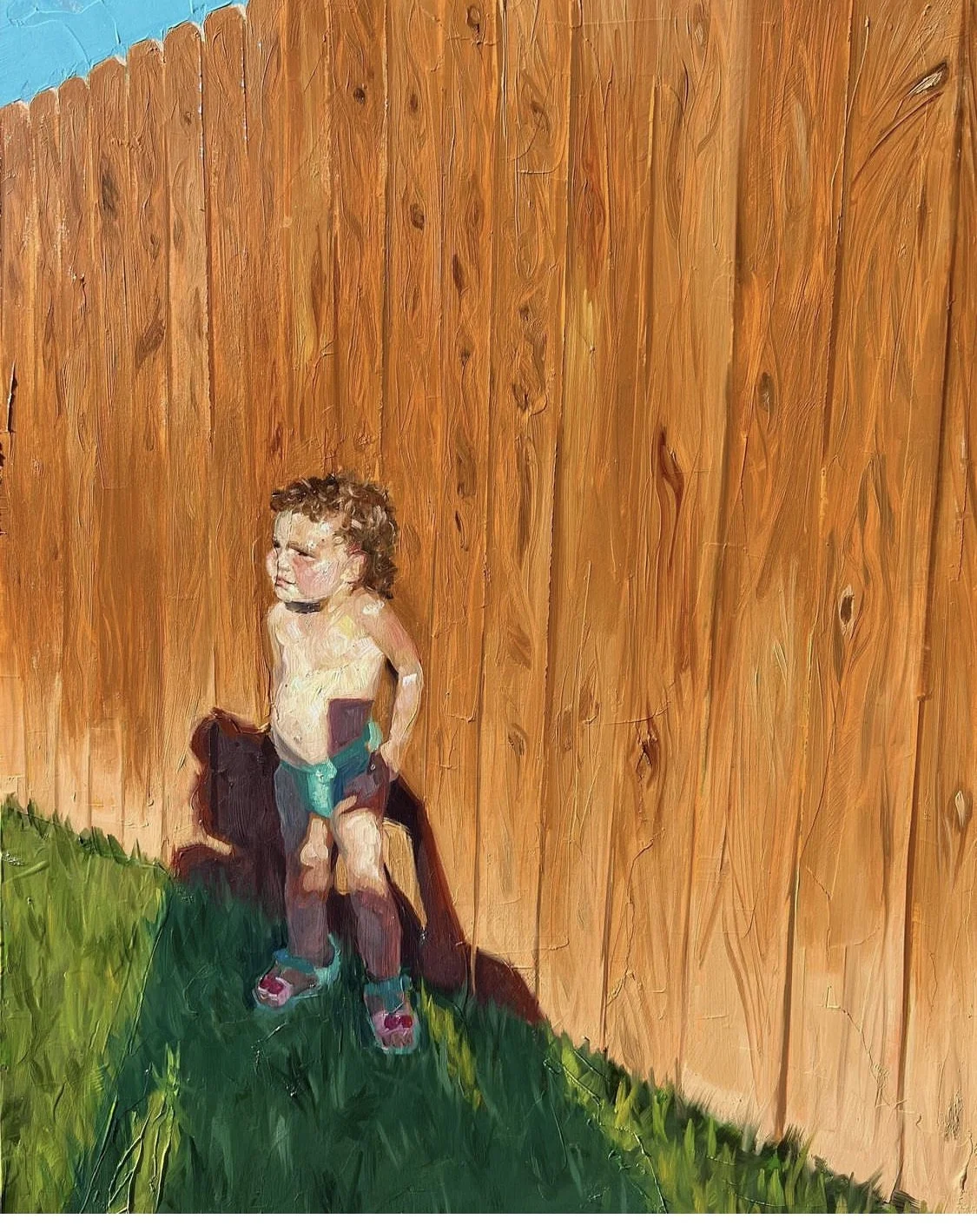Painting From Life vs. Photograph
I remember the exact moment when I realized just how charged the topic of painting from photograph is in the art world.
I was taking a painting workshop from an artist I admire several years ago when a fellow student asked the instructor if she painted from life or photograph. Admittedly, this student had been a mischievous presence in the room up to that point, but I was nonetheless struck by how bothered the instructor seemed by the question.
“Do we really want to have this conversation right now?” she responded.
I was startled by her answer amid the usually calm environment of a workshop, but I also understood her frustration. This was a classically trained painter performing a demo, and the question in the moment must have felt like an affront to her credibility as an established artist.
In truth, that may not have been the student’s intention— people ask artists all the time how they make their art— but I understood then the painter’s relationship to a camera was an uncomfortable topic, even in a world where everyone holds a camera in their pocket.
This experience has played in my head again and again over the years, and it’s led to a question that I think a lot of artists grapple with: if highly-trained painters are taught to paint from life, is painting from a photograph a lesser form or art? Put more succinctly, is painting from a photograph wrong?
Let me be clear about my viewpoint on this topic— there is nothing invalid about painting from photograph. Although I studied painting in college by working from life, post-graduation I quickly understood that refusing to use a reference photo would mean that I wouldn’t be painting at all. At the beginning of 2016, I had just had a baby when I decided to resume making art again. My only time to paint was during my son’s naps, so the convenience of a photo was truly my only option. It was a photo or nothing for quite a while there.
My practice now includes a mix of both methods, and I am confident in saying that there is no “best” way to make a painting. But as my workshop experience underscores, the scars of this debate aren’t fully healed in the art world. It seems to me that as long as realism in academic settings continues to be heavily focused on painting from life, a hierarchy of methods will continue to thrive.
I’ll admit that even though I’m quite comfortable with my approach to painting these days, I do find myself wanting to paint more from life after I’ve taken a workshop with live models. Most of that urge is just due to the enjoyment I get out of the experience— capturing the subtleties of their appearance, gaining a clear view of their likeness— but a tiny part of me sometimes believes that I’m practicing painting as it should be in that moment. I always kick myself for being snobby later, but in that environment it’s hard not to feel like you’re making a painting in its truest form.
It’s a confusing sensation, but luckily, with a recent master study I’ve done on David Hockney, I think I’ve finally found an artist-camera relationship that sets my mind at ease.
Hockney has always held a fascination with the way we see and part of the exploration of that fascination has come through his use of the camera. His iconic splash paintings could only be made with the help of a camera capturing the instantaneous disruption of the water, and by painting this scene he was challenging the way realism had previously been achieved.
Hockney does have a critical view of a camera’s limitations, but it’s important to understand that he isn’t rejecting its use on traditional grounds. A photograph’s greatest strength is also its weakness: it can only capture an instance. Viewing the world through photograph is very unlike the way we see in real life, and therefore a painting created from life has the advantage of time being incorporated into the medium.
Hockney, however, holds no illusions that the use of photography is a modern betrayal of realism’s supposed purity. In fact, he literally wrote a book, Secret Knowledge: Rediscovering the Lost Techniques of the Old Masters, in which he makes a convincing argument that artists such as Caravaggio, da Vinci and Velázquez used mirrors and lenses to create their realist masterpieces before the invention of the camera.
His book proves that the mythology around painting from life is flawed, and with it a modern rejection of using the camera as a tool in painting becomes quite preposterous.
So, if you’ve felt yourself conflicted about the merit of your work relative to this debate, I hope I have set your mind more at ease. I know that for me, the ever-increasing presence of the digital world has made me realize that ignoring this helpful tool I carry with me all the time would be, at minimum, a disingenuous approach to the changing landscape and my response to it.
Photography, or its predecessors, is a tool that painters have used for hundreds of years to great effect. We would be foolish to avoid it at a time when its technology has never been better.

